
Tips for Finding Overwatered Succulents in Your Collection
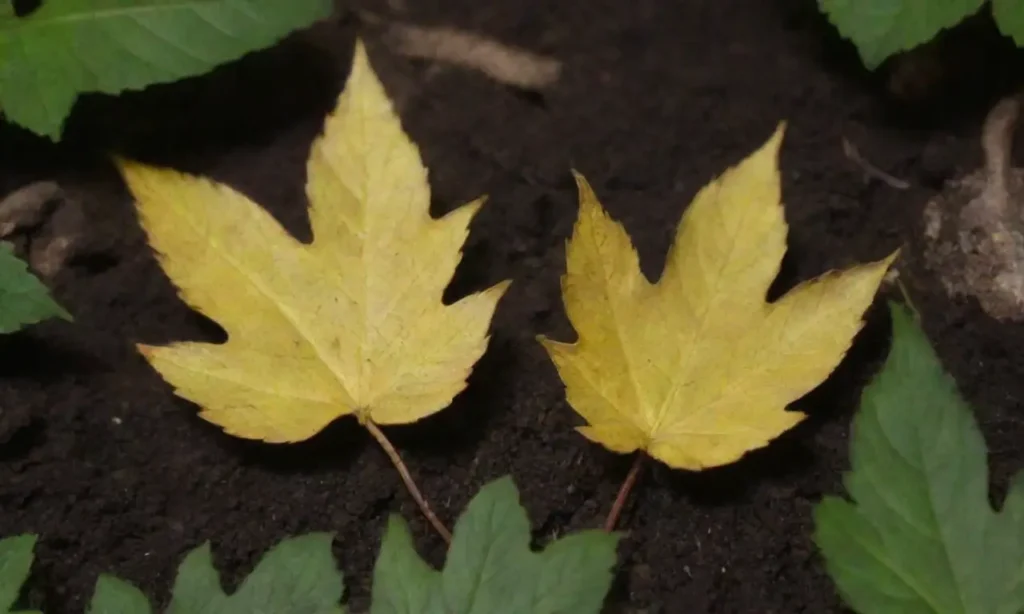
Introduction
Succulents are beloved for their resilience, unique shapes, and stunning array of colors. They have become a staple in many homes and gardens, attracting both novice and experienced plant enthusiasts. However, despite their reputation for being low-maintenance, succulents can still fall victim to one of the most common pitfalls in plant care: overwatering. This article will delve into understanding the signs of overwatered succulents, how to identify them in your collection, and most importantly, what steps to take in order to revive these thriving plants and keep your garden looking flourishing.
In this guide, we will cover everything from the initial indicators of water stress to practical recovery methods. We will discuss various succulent types, their unique characteristics, and what specific signs to look for when assessing their health. Whether you’re just starting your succulent collection or you're nurturing a well-established garden, understanding how to detect overwatering is essential for their care.
Understanding Succulents and Their Water Needs
Succulents are a diverse group of plants characterized by their thick, fleshy parts, which store moisture as a means of adaptation to arid conditions. They thrive in environments with low humidity and well-draining soil, making it crucial to mimic these factors when cultivating them indoors or outdoors. However, their ability to store water does not mean they can handle constant moisture in the soil.
Each succulent species has its own specific needs when it comes to water. For example, the Echeveria prefers its substrate to dry out completely between watering, whereas the Haworthia can often tolerate slightly higher moisture levels without suffering severe damage. Being familiar with the native environments of your succulents can help gauge their watering requirements effectively. Proper watering intervals and understanding their dormancy periods are vital to ensure the health and longevity of your plants.
When measuring the right water needs, it's equally essential to consider the season. During hot summer months, succulents may demand more frequent watering as they enter their active growing phase, while in winter, their metabolism slows, and less frequent watering is usually required. Understanding these variances not only helps prevent overwatering, but also aids in providing the optimal care for your collection throughout the year.
Signs of Overwatered Succulents
Identifying overwatered succulents can be challenging, especially when these plants can sometimes show symptoms that mask each other. One of the most identifiable signs of overwatering is leaf discoloration. Healthy succulent leaves should be vibrant and plump, but those that have absorbed too much moisture may begin to turn a soft yellow or brown. The leaves may also become mushy or translucent, indicating that the plant is starting to rot.
Another major sign of an overwatered plant is leaf drop. If your succulents begin losing their leaves from the bottom up or experience sudden leaf collapse, it is a strong indicator that they have taken in more water than they can handle. This catabolism is a response mechanism where the plant shed weaker leaves to maintain the health of its core.
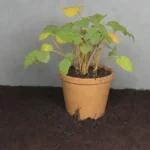 Signs Your Succulents Are Overwatered: Key Indicators to Watch
Signs Your Succulents Are Overwatered: Key Indicators to WatchLastly, you might notice root rot, a hidden yet critical issue caused by excessive moisture around the plant's roots. If you lift your plant out of its pot and find blackened, mushy roots that emit a foul odor, it’s a clear sign of overwatering. This rot can spread rapidly, endangering the entire plant if not addressed immediately. Awareness of these signs is critical to maintaining a healthy succulent collection.
Assessing the Environment: Soil and Drainage
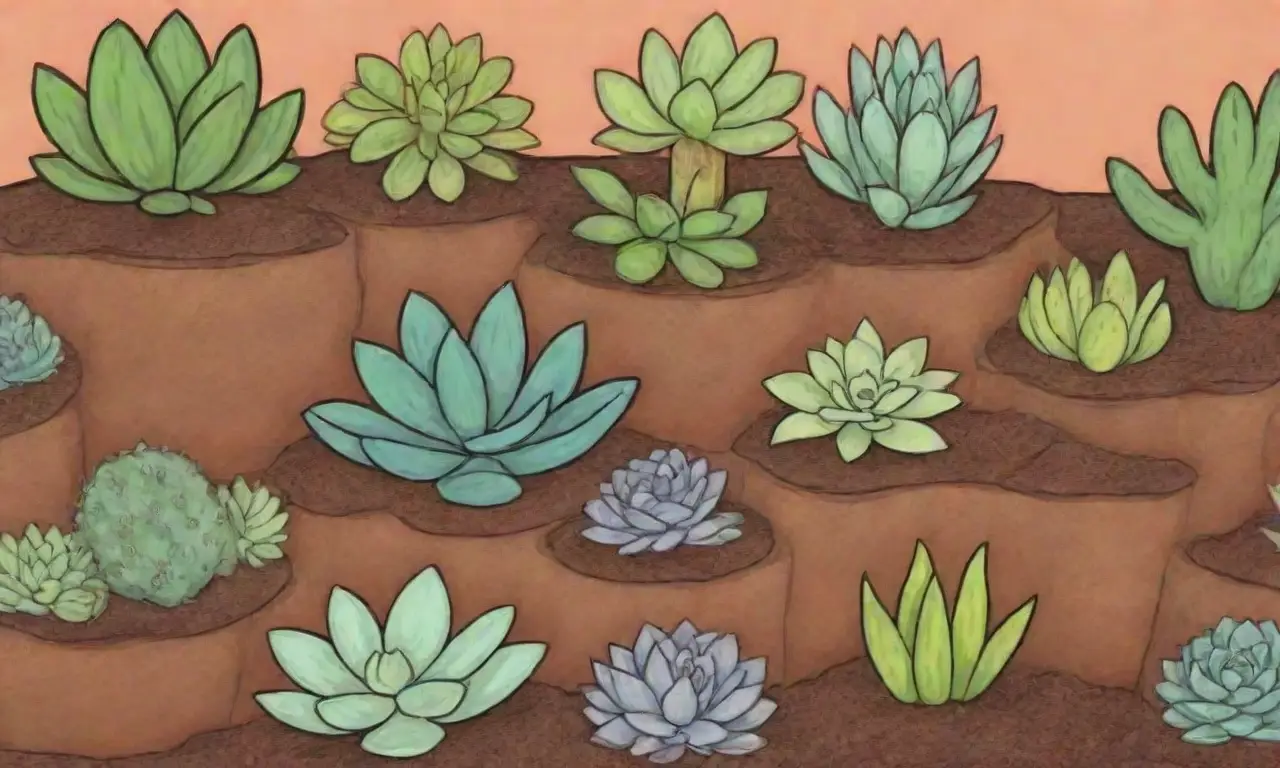
Besides recognizing the symptoms of overwatering, it's essential to look beyond the plant and examine its environment, particularly the soil and drainage properties. Standard potting mix often retains more moisture than succulents prefer, which can lead to root issues. Therefore, utilizing a well-draining soil mix designed for succulents is paramount because it allows excess water to escape, preventing waterlogging.
When evaluating the soil composition, seek out or create a mix that includes materials like perlite, coconut coir, or sand, which can significantly enhance aeration and drainage. You might also consider checking that your pots have adequate drainage holes on the bottom. If utilizing decorative pots without drainage, it’s best to consider using them as cache pots and placing your succulent in a nursery pot that fits within it, ensuring that roots can breathe and excess water can escape.
Additionally, the environmental conditions in which your succulents are placed can also contribute to water retention. High humidity levels or placing the plants in low-light areas can increase moisture levels in the soil. Therefore, positioning your succulents in well-ventilated areas with access to bright, indirect sunlight can help ensure that moisture evaporates efficiently and that the plants remain healthy.
Recovery Steps for Overwatered Succulents
Once you’ve identified overwatered succulents in your collection, the next step is to take action to save them. The first action is to cease watering immediately. Turn your attention to assessing the roots by carefully removing the plant from its pot. Doing this will allow you to examine the roots closely for signs of rot and health. Healthy roots should appear firm and white, while rotten roots will look dark, mushy, or have an unmistakable foul smell.
If you notice any damaged roots, trim away the affected areas using sterilized pruning shears. After removing the affected sections, let the plant dry out for a few hours in a cool, dry place. This drying process is crucial because it allows any wounds to heal and prevents further rot. Once dry, repot the succulent in fresh, well-draining soil. If you’re using the same pot, be sure to sterilize it after removing the plant to prevent any chance of the bacteria or fungus lingering.
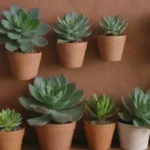 How to Tell If Your Succulents Are Overwatered or Just Sad
How to Tell If Your Succulents Are Overwatered or Just SadFinally, after repotting, be mindful of the watering schedule moving forward. Reintroduce watering gradually, allowing the top one to two inches of soil to dry thoroughly between waterings. A good rule of thumb is to only water when the soil is dry; however, always keep an eye on the plant to adjust the schedule based on environmental conditions and the specific succulent species’ needs.
Conclusion
Finding an overwatered succulent in your collection can be a disappointing experience, but with proper knowledge and care, you can effectively rescue your plants and ensure their continued health. By understanding the unique needs of succulents — from their watering requirements to soil and environmental conditions — you create a nurturing environment that allows these beautiful plants to thrive.
Identifying the signs of overwatering is only the first step; knowing how to take recovery actions can make all the difference between saving your succulent and losing it for good. Continuous education on plant care, including seasonal adaptations and general health monitoring, will keep your succulent garden vibrant and healthy.
With proper attention and the right techniques, you can build a successful collection of succulents that remain lush and beautiful, enriching your space with their resilience and charm. Remember, the journey of plant care is one of learning and growth, both for the succulents and for you as a plant parent.
If you want to read more articles similar to Tips for Finding Overwatered Succulents in Your Collection, you can visit the Signs of overwatering category.

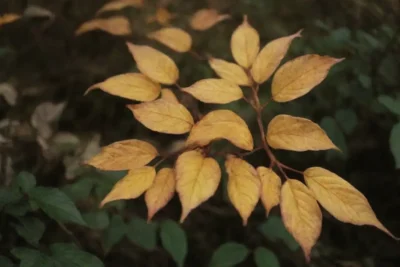
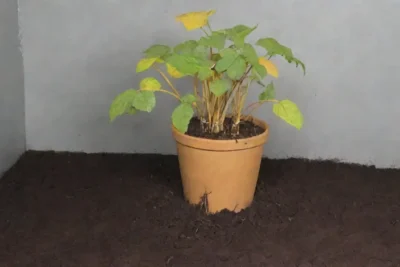
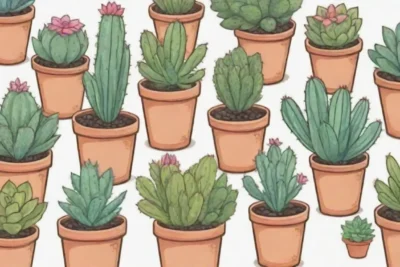
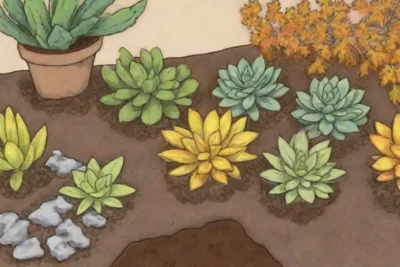
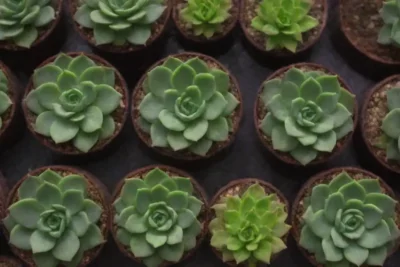
You Must Read